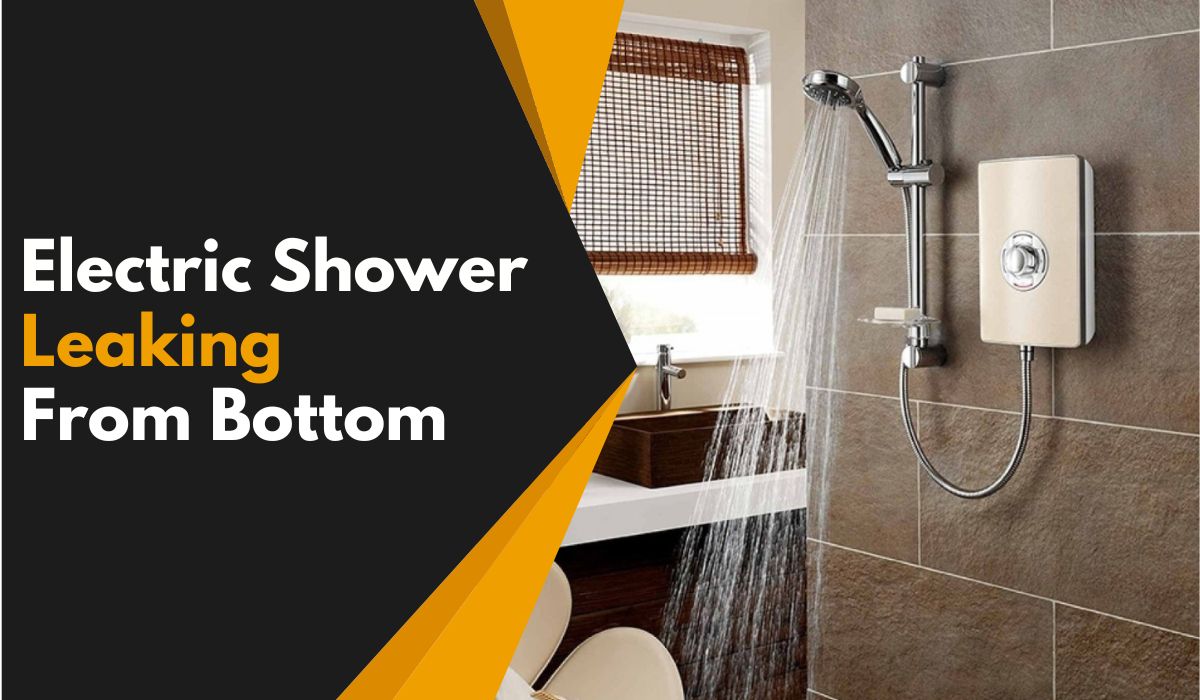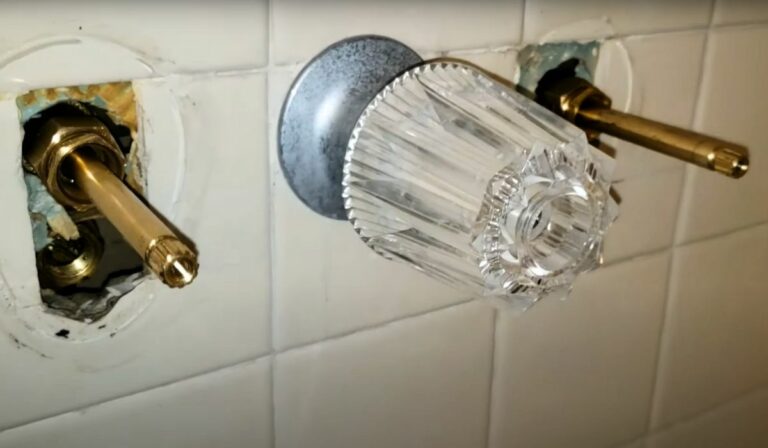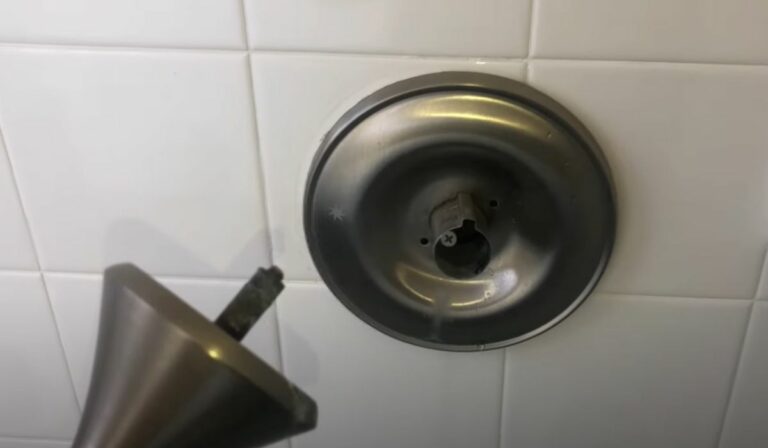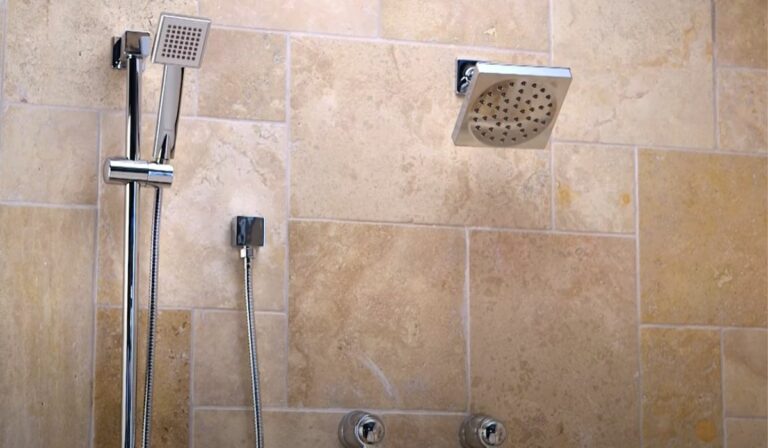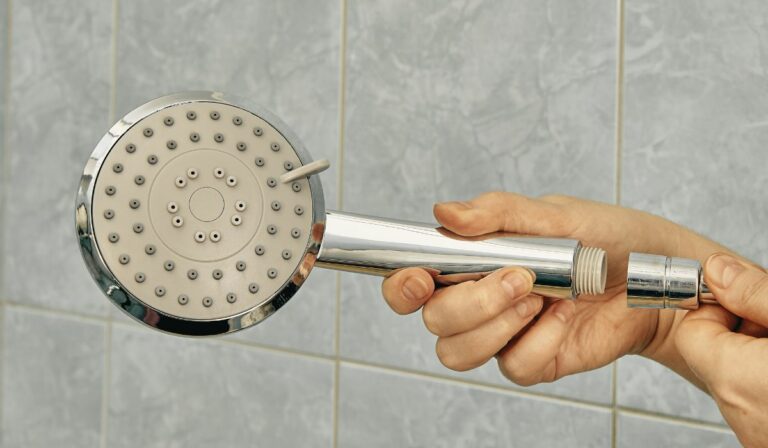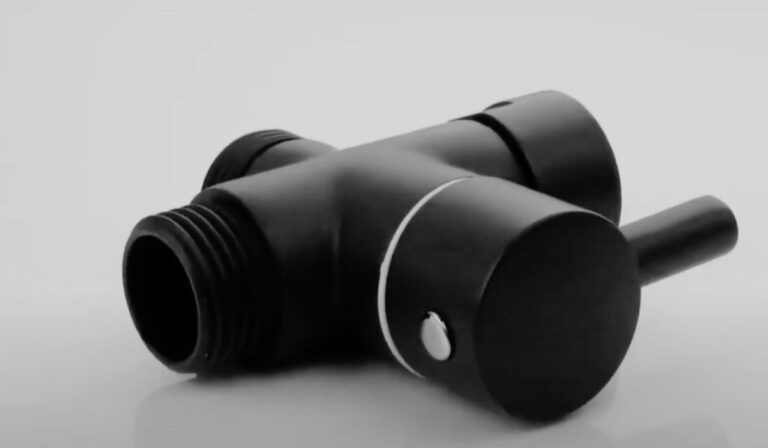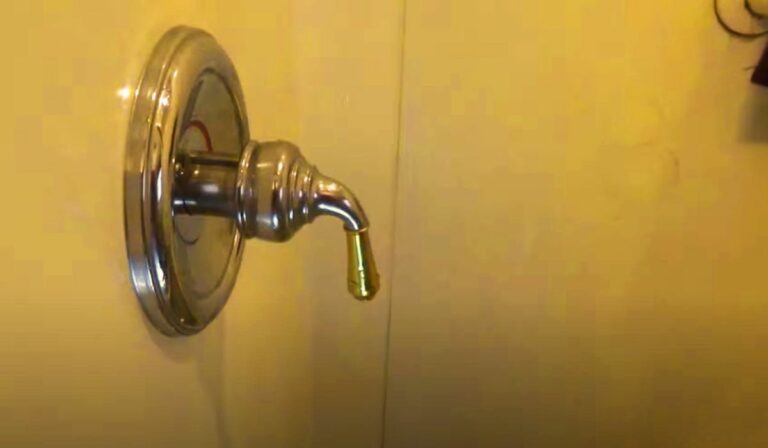Why My Electric Shower Leaking from Bottom: Causes and Solutions
Electric showers are one of the best innovations for today’s generation. Who wants to wait that long until the water is heated?
But electric devices have issues too. One common problem is the electric shower leaking from bottom.
It may seem like a trickle at first, but over time, the trickle may transform into a constant flow like a tiny rivulet. The key reason could be the activation of the PRD (Pressure Relief Device) due to pressure buildup.
There can be other reasons as well. If you wish to learn and assess what is causing that leakage, scroll down and keep reading!
Electric Shower Leaking from Bottom: Causes and Solutions
Fixing a leaky electric shower bottom may require professional expertise if you are unsure how to approach the problem. But why not see the issue yourself before deciding?
Reasons for a Leaky Electric Shower Bottom
When you ask yourself, “Why does my electric shower keep dripping to the floor,”this is the section that offers all the answers.
1. An Activated PRD (Pressure Relief Device)
A PRD is a small device typically located near the water inlet, some at the rear of the outlet pipe while others are in the front. It depends on the manufacturer’s model.
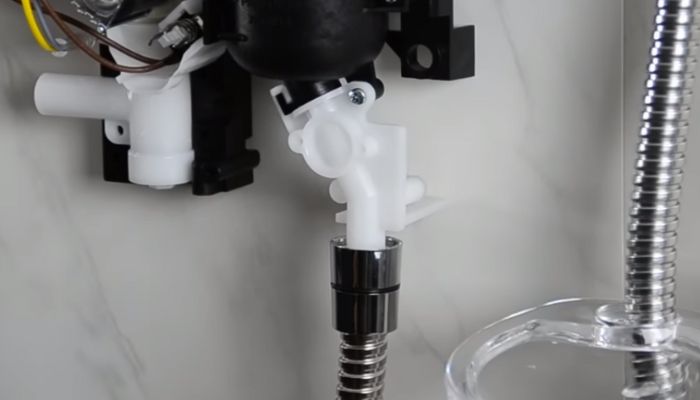
The device prevents damage to the shower unit by releasing excess pressure. In short, it is a safety feature that controls water pressure to ensure user protection during operation.
In other words, excess water pressure initiates the release mechanism upon PRD activation. This trigger prevents potential hazards or damage that might arise from high-pressure buildup.
It also suggests a new PRD installation requirement.
Additionally, an electric shower leaking water when turned off is also a sign of an activated PRD.
2. Faulty Shower Unit
Some internal components, like valves, seals, gaskets, etc., in the unit may wear out due to age. It eventually allows water to escape downward.

3. Damaged or Cracked Shower Tray
When the electric shower tray faces a crack or damage, expect water to seep through and leak from below.
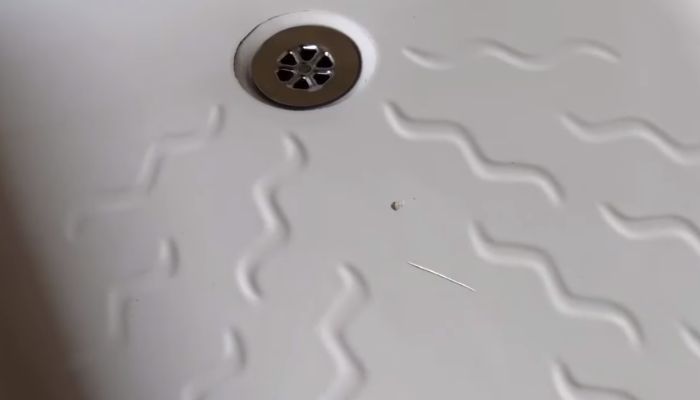
This may be due to the years of use that result in wear or heavy impact.
4. Loose or Faulty Connections
If the connections between the shower unit and the water supply are loose or poorly secured, there may be a leak too. Even the seals or faulty fittings linked to the water pipes will lead to drips.

5. Clogged Drainage System
Over time, the drainage system can gather obstructions and force water to back up. Thus, a leak may form at the bottom of the unit. Moreover, an inadequate slope or a damaged drain pipe can contribute to leaks.
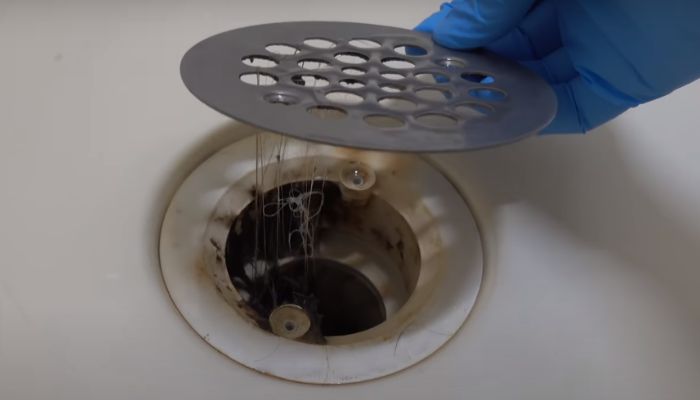
6. Improper Installation
If the leaking appears after the electric shower installation, perhaps the incorrect fitting of a gasket, seal, or connector is responsible.
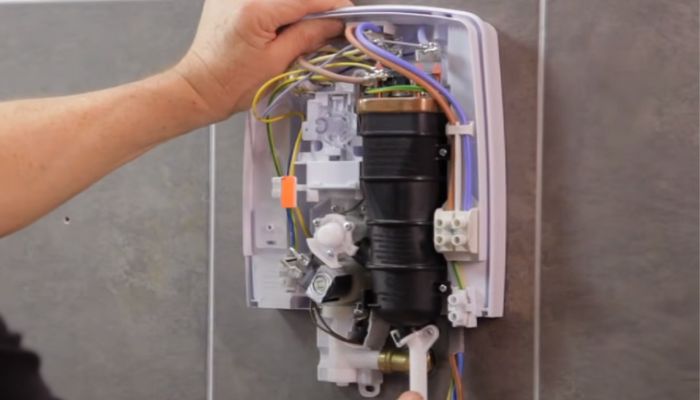
Solutions for a Leaky Electric Shower Bottom
So how do you fix a leaking electric shower bottom? The steps are fairly straightforward. You replace what seems too old or beyond repair and clean what looks clogged.
But the problem is identifying the components by their names. In that case, I suggest keeping the instruction manual nearby to assist you all the way.
Remember, it is crucial to turn off the main electric line and prioritize your safety before dealing with the electric shower. Seek professional help if it seems out of your control.
Tips for Preventing Electric Shower Leaks
What better way to maintain an electric shower leak than to keep it in good condition at all times? Here are a handful of tips for you to follow that may increase the longevity of most parts.
Is It Safe to Use a Leaking Electric Shower?
Let me ask, is it safe to drive a vehicle with a punctured tire? Although the electric shower does not lead to a road accident, its leakage can pose a risk to your family members, especially children.

Leaks in an electric unit are never a good sign, nor is it a safe area anymore. Even if most internal components are sealed tightly to prevent water intrusion, the continuous drips may lead to other common electric shower problems, like:
Hence, fix that leak before you take the next shower or let anyone else enter the bathroom.
Final Thoughts
Well, the issue of the electric shower leaking from the bottom is nothing new. Once you identify the root cause, which is mainly a plea to replace the PRD, the shower will run as usual.
However, try not to rule out the other possibilities mentioned above. You might not even have to go through lengthy repair steps.
And lastly, contact your local electrician or plumber for a professional assessment on the matter without hesitating. He/she can provide a better solution before things get out of hand. Keep maintaining that unit, and enjoy an awesome shower experience!

